Cambodia is rising on the radar of adventurous travelers seeking history, culture, and off-beat exploration, think ancient temples, tropical beaches, and friendly street markets.
But you might be wondering: is it safe to travel in Cambodia in 2025? Especially now with regional tensions and new concerns surfacing, it’s smart to know what you’re walking into. This guide walks you through the latest safety climate, practical travel tips, and what to keep in mind particularly if you’re Indonesian or traveling solo.
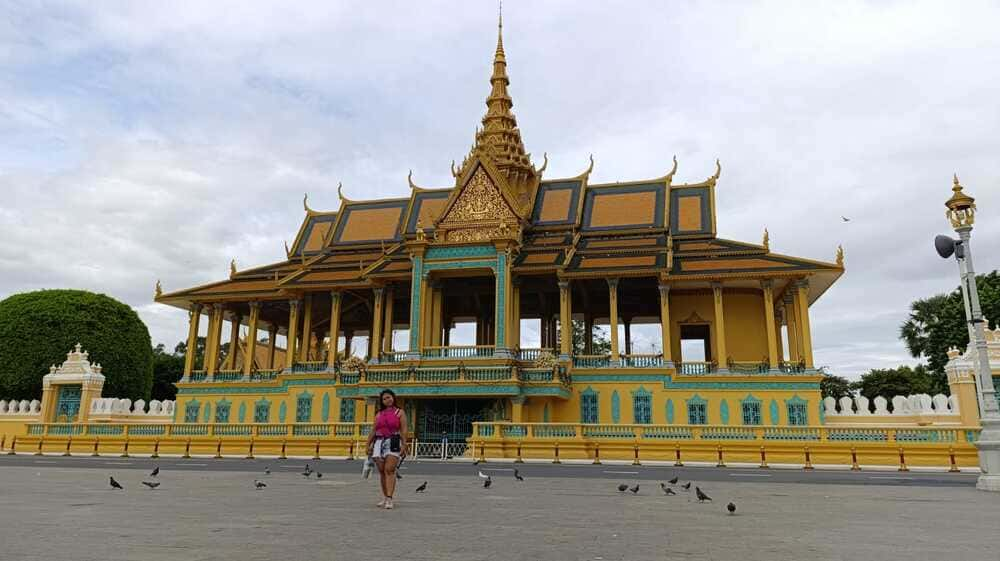
General Safety Climate: At Glance
Petty Crime & Tourist Scams
In cities like Phnom Penh, Siem Reap, and Sihanoukville, most visitors enjoy their time without incident. But petty crime, bag snatches, tuk‑tuk overcharging, and market pickpockets are not rare. Tourist scams remain active, ranging from fake ticket sellers to visa helpers demanding bribes. Exercise a bit of skepticism, confirm rates, and stick with trusted vendors.
Road Safety & Transportation
Road conditions can feel wild even within city limits. Traffic is motley, enforcement inconsistent, and motorbike taxis (“moto‑dop”) frequently operate without helmets or licenses. Driving yourself? Stick to main roads, wear protective gear, and avoid nighttime rides especially outside well-lit, tourist-friendly zones.
Landmines & Border Tensions
Northern provinces near Thailand such as Oddar Meanchey and Preah Vihear, remain risky zones. There have been landmine warnings and military clashes in mid‑2025. Several governments (e.g. UK, Australia, U.S.) strongly caution against travel within 50 km of the border.
Elsewhere especially in major cities and Angkor Wat, you’ll find tourism running as usual. But if you’re eyeing less‑trodden corners, check your travel advisories.
For Indonesian Travelers: Heightened Caution Ahead
The Rising TPPO Concern (Trafficking in Persons)
Indonesia has seen a significant increase in TPPO cases involving Cambodian routes, especially since 2020. Many Indonesian citizens often young migrants are lured into scam centers in places like Poipet and Sihanoukville, where false promises of clean office jobs turn into forced work operating online fraud ring operations.
Some striking stats:
- Indonesian Ministry of Foreign Affairs reports a sevenfold spike in TPPO cases (2020–2023), totaling nearly 1,800 cases.
- By early 2025, approximately 1,300 Indonesians were seeking embassy support—85% related to involvement in phishing or gambling operations.
Community & Official Response
Indonesia and Cambodia signed a Memorandum of Understanding (MoU) in May 2025 to facilitate migrant protection, consular assistance, and regular anti-trafficking operations. Indonesian liaison staff are now deployed in Cambodia to support vulnerable communities.
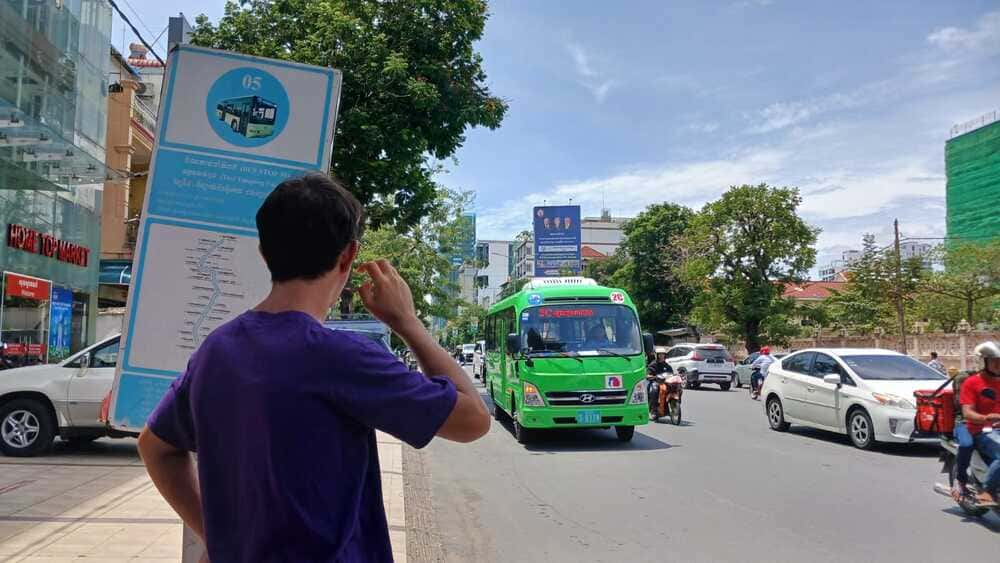
Staying Safe in Cambodia — Practical Travel Tips
Basic Safety Tips
- Avoid border zones. Steer clear of all areas within 50 km of disputed borders unless absolutely necessary.
- Register with your embassy. Indonesian travelers can access consular help quickly. Foreigners, consider STEP or embassy notification services.
- Stay informed. Monitor updates from Indonesia’s Ministry of Foreign Affairs and local news outlets.
- Use licensed transport. Grab is available in Phnom Penh use trusted apps or licensed tuk‑tuks, confirm fares upfront.
- Travel insurance. Choose policies covering medical evacuation and unexpected trip cancellation.
Health & Hygiene
- Drink bottled water only.
- Pack mosquito repellent and consider vaccines for typhoid, hepatitis A/B, and rabies if you’ll be in rural areas.
- Avoid questionable street food, opt for stalls with visible hygiene practices.
- Pickpocket-prone areas? Wear a cross‑body bag with secure zippers or a RFID‑blocking wallet.
Respecting Local Culture
Cambodia is deeply influenced by Buddhist traditions and conservative dress.
- Cover shoulders and knees at temples remove your shoes.
- Use respectful greetings (e.g. a gentle bow or “som pasak kâ” in Khmer).
- Ask permission before photographing individuals or sacred sites. Your respectful presence is appreciated more than flashy tourist behavior.
Travel Safety Checklist
- Travel insurance including evacuation and conflict-related disruptions.
- Vaccinations: Typhoid, hepatitis A/B, and possibly rabies or Japanese encephalitis.
- SIM card (Smart or Cellcard) with offline map access.
- Anti-theft cross-body bag, move valuables safely; refrain from public display of electronics.
- Monitor local news and follow embassy guidance, situations can shift rapidly.
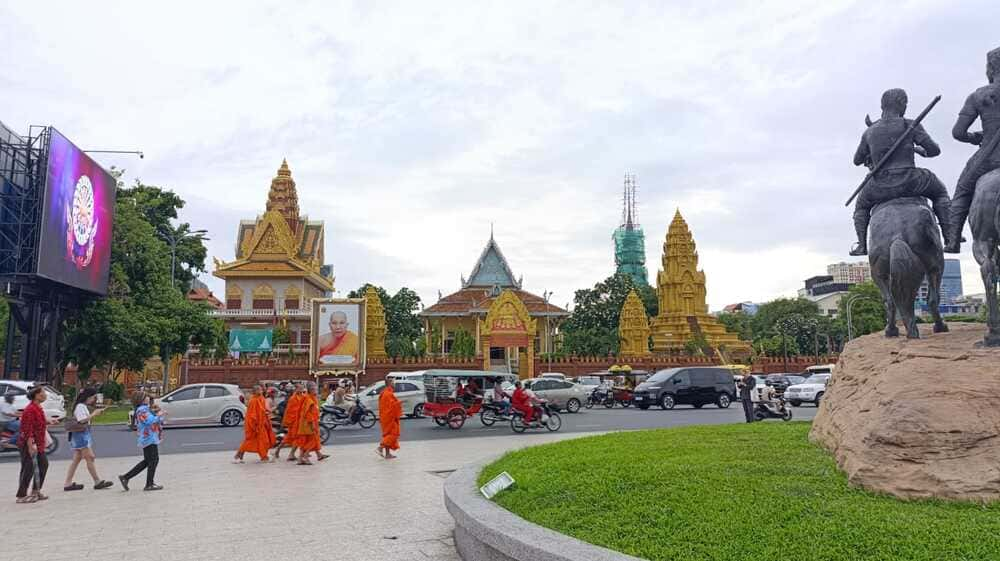
Why Cambodia Still Shines for Travelers
Despite risks, Cambodia’s many charmers are still reason enough to pack:
- Cultural gems: Angkor Wat at sunrise, ancient temples bathed in golden light.
- Friendly locals: Kal, the street‑food vendor smiling as she serves you fish amok.
- Affordable travel: guest houses, local markets, laid‑back coastal towns all deliver value with warmth.
Tourism operations in mainstream areas remain robust. Think mask‑wearing taxi drivers, tour guides fluent in multiple languages, and travelers sharing Instagram-worthy shots of floating villages and countryside pagodas.
Day-by-Day Safe Route
Quick Itinerary Table
| Day | Location | Highlights |
|---|---|---|
| 1–2 | Phnom Penh | Temples, museums, Riverside walk |
| 3–4 | Kampot / Kep | Pepper farms, seafood, colonial atmosphere |
| 5–6 | Battambang | Countryside, bamboo trains, cave bat show |
| 7 | Siem Reap | Angkor temples, market, cultural shows, flight out |
Day 1–2: Phnom Penh (Urban Culture & History)
- Land at Phnom Penh International Airport. Transfer via hotel or Grab/PassApp to a well-reviewed hotel in BKK1 or Daun Penh.
- Visit Royal Palace, Silver Pagoda, National Museum, and optionally Tuol Sleng genocide museum.
- Dine at socially responsible restaurants like Romdeng or Malis.
- Stay alert: petty theft is common especially phone or bag snatching near Riverside. Use discreet storage and avoid walking alone at night.
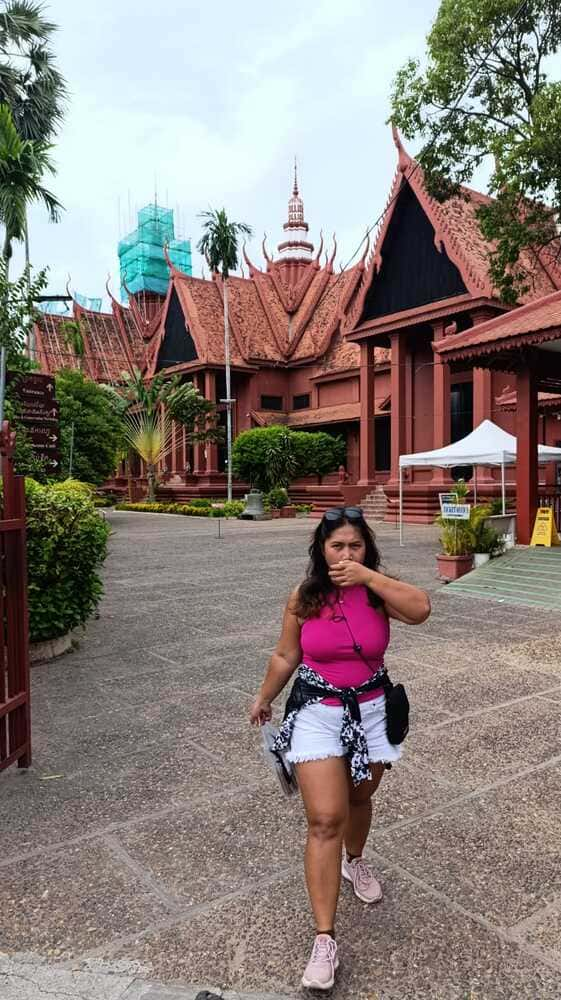
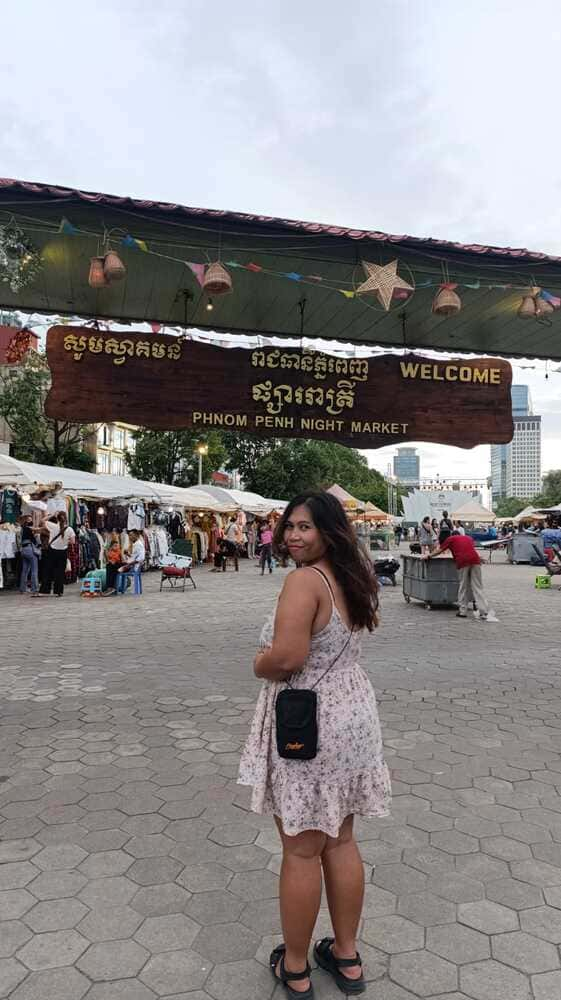
Day 3–4: Kampot & Kep (Coastal Calm)
- Book a private car transfer (~4-5 hours) from Phnom Penh to Kampot (avoid buses due to unregulated stops).
- Relax along Kampot’s riverside, explore pepper farms, take a seafood day‑trip to Kep, and stroll the salt flats.
- Accommodations: choose mid‑range hotels with 24/7 staff and good lighting.
- Stick to reputable transport for evening travel.
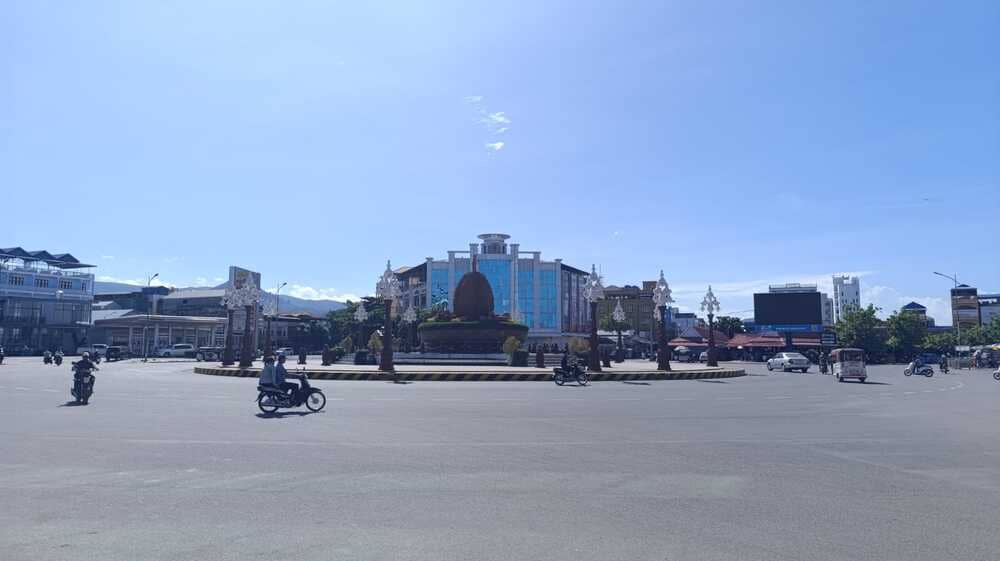
Day 5–6: Battambang (Art & Countryside)
- Travel via private car or flight connection through Phnom Penh to Battambang. Avoid road routes near Poipet.
- Highlights: bamboo train, Phnom Sampov bat cave sunset, local art galleries like Romcheik 5.
- Dine at Jaan Bai or similar community‑oriented restaurants.
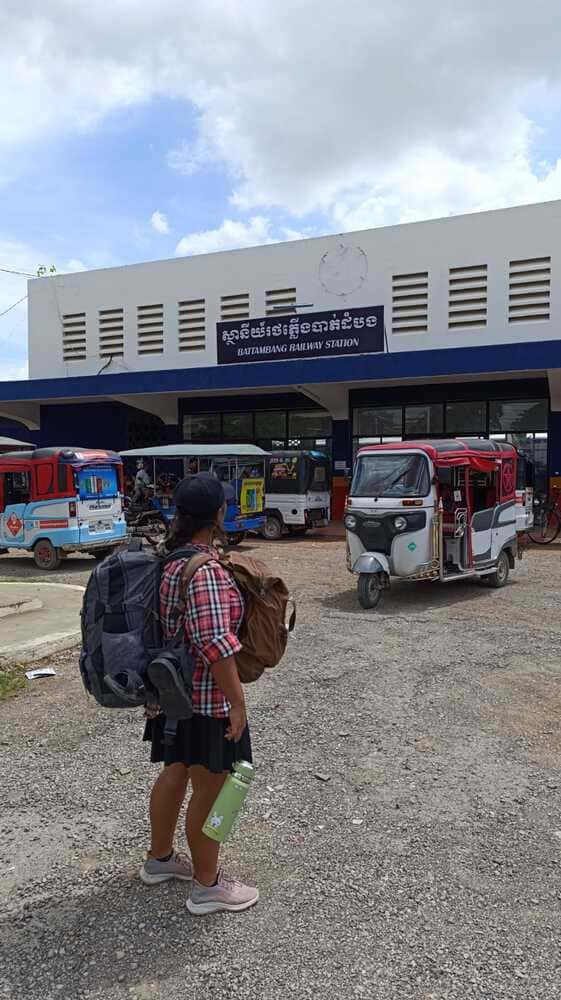
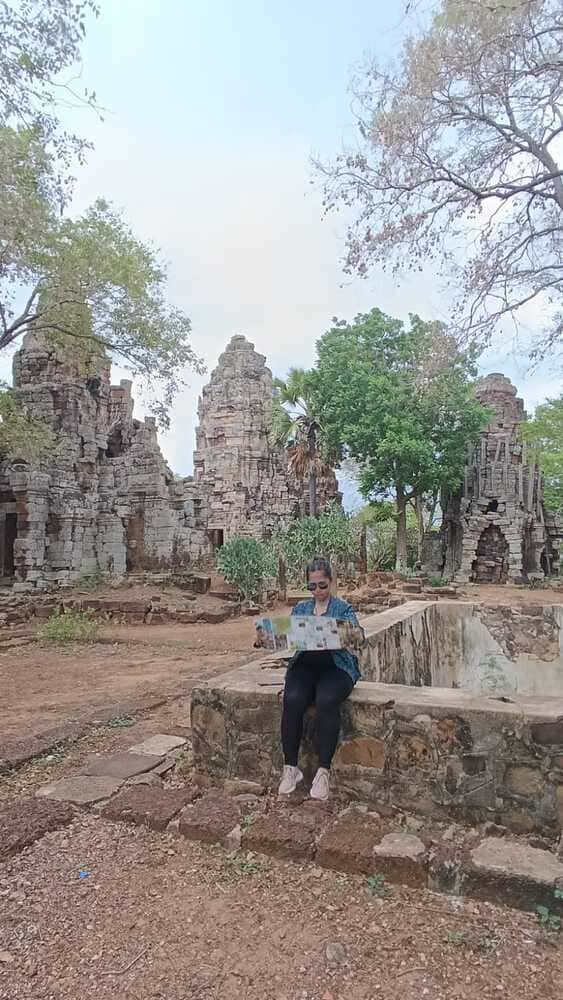
Day 7: Siem Reap & Flight Departure
- Transfer by car (~3‑4 hrs) to Siem Reap, Cambodia’s safest-entry city.
- Sunrise tour of Angkor Wat, plus Bayon and Ta Prohm, book via a hotel provider or GetYourGuide/Viator.
- Spend the afternoon visiting the Made in Cambodia Market, or attending a cultural performance (e.g. Phare).
- Take an evening international flight back to Thailand or onwar do not cross land borders. Flights operate normally between REP and Bangkok.
Why This Itinerary Is Safer
- Avoids border zones and Poipet, preventing exposure to conflict and TPPO hotspots.
- Uses private car or air travel as safer options, reducing exposure to unregulated road travel and trafficker-prone areas.
- Focuses on tourist-friendly regions: Phnom Penh, Kampot, Battambang, Siem Reap.
- Common scams and petty theft can be a risk so book transport with trusted apps and keep valuables concealed.
- Stick to main roads, especially in rural areas, to avoid landmine danger.
Final Thoughts
Traveling through Cambodia in 2025 can still be deeply rewarding, a mix of ancient culture, warm hospitality, and quiet, scenic towns that ground you. But in today’s climate, safety is no longer optional, it’s essential.
By avoiding land borders, steering clear of high-risk zones like Poipet and Sihanoukville, and sticking to trusted transportation and accommodations, you give yourself the freedom to enjoy Cambodia without fear or uncertainty.
This isn’t about paranoia, it’s about being prepared and empowered. Knowing where to go (and where not to), how to move safely, and how to respect the local context allows you to experience the true heart of Cambodia, while protecting your peace.
So go ahead, watch the sunrise over Angkor Wat, float lazily along Kampot’s river, or sip iced coffee in a Siem Reap café. Just keep your plans flexible, your info updated, and your intuition sharp.
You deserve a trip that’s not just beautiful, but safe, affirming, and real.
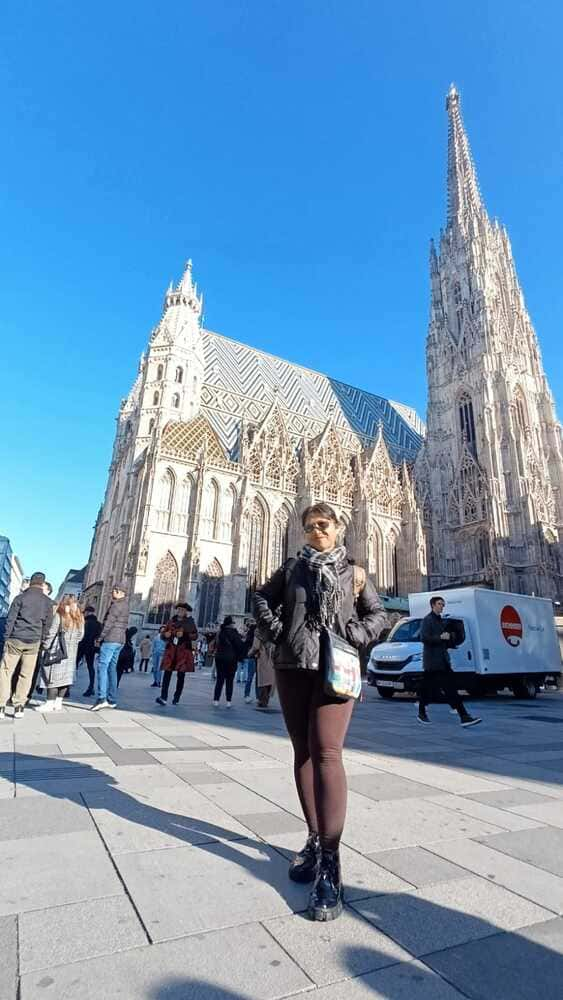

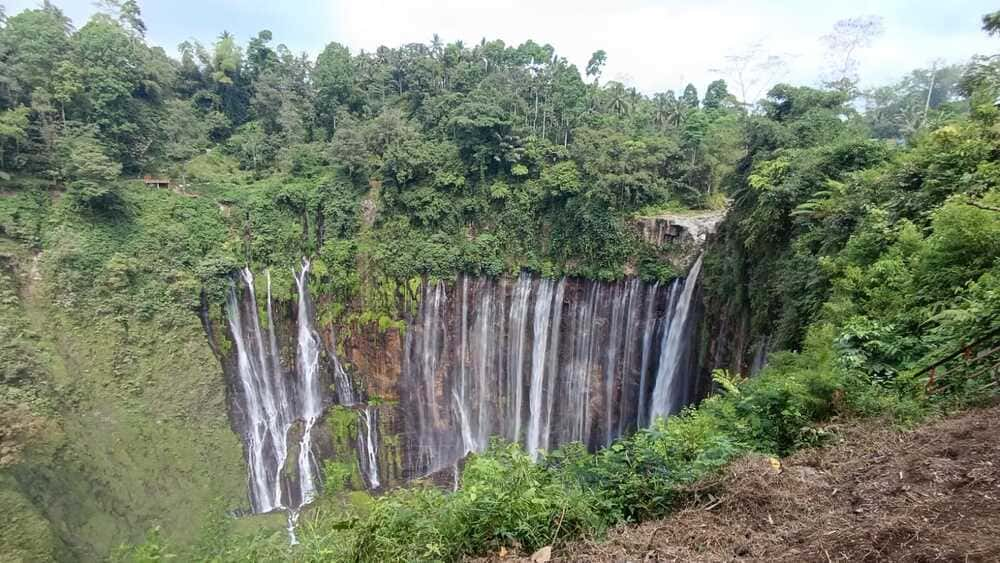
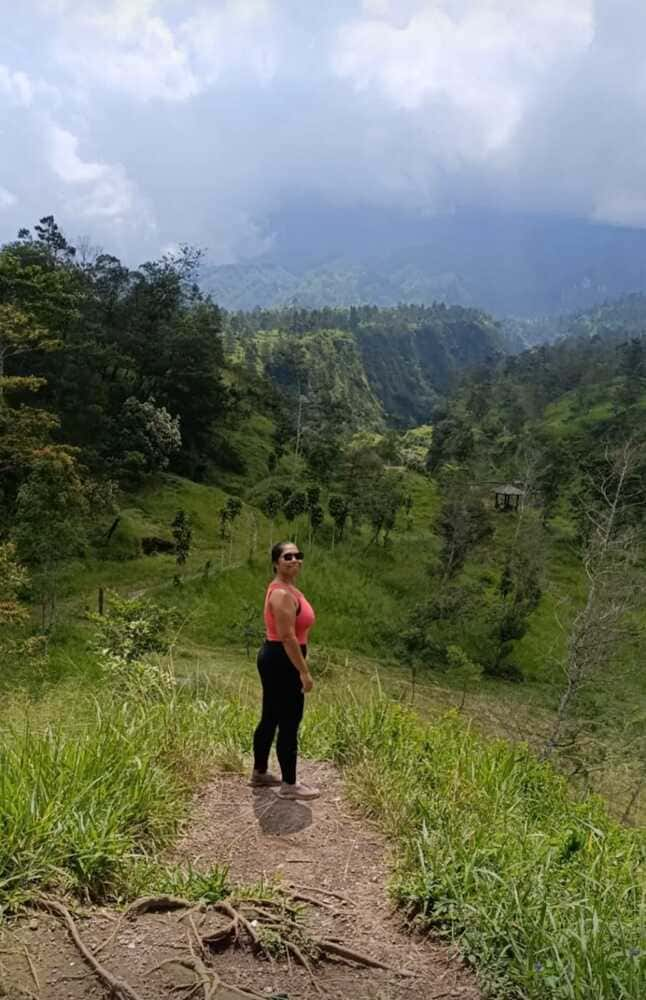
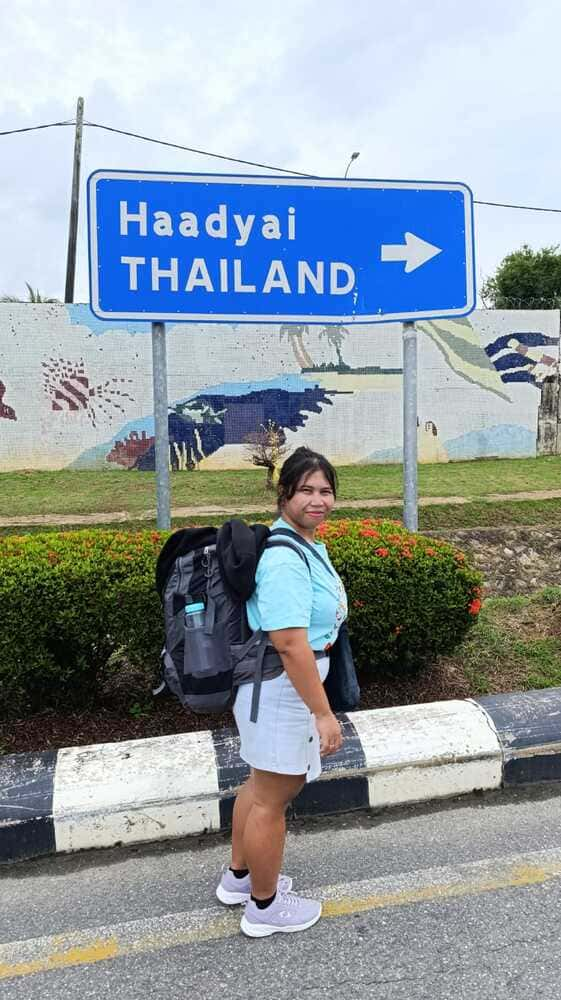
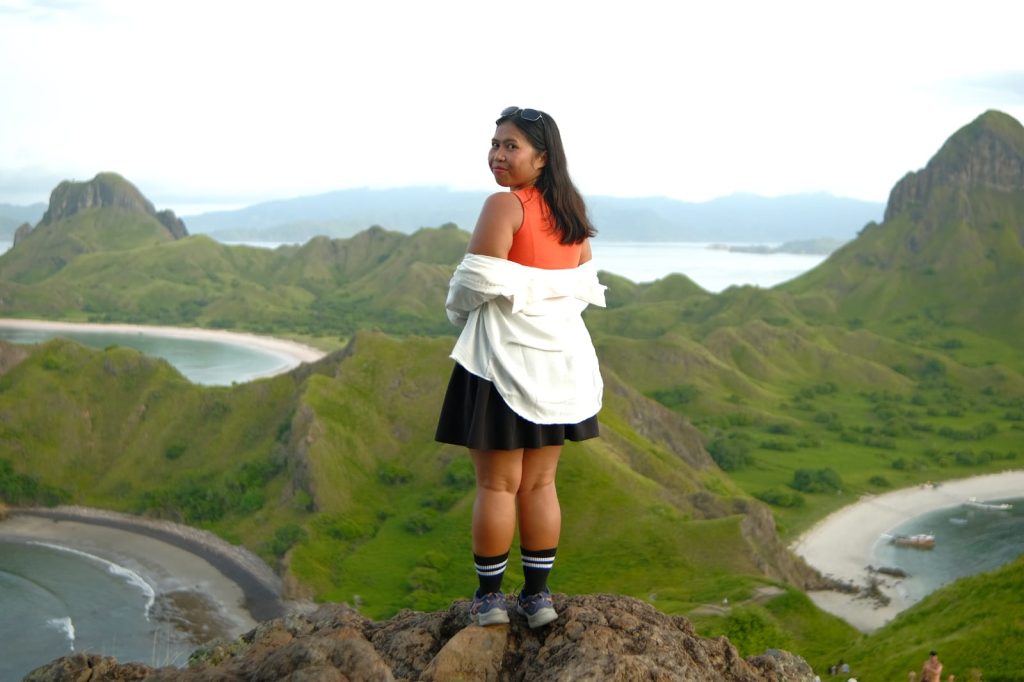
Leave a Reply